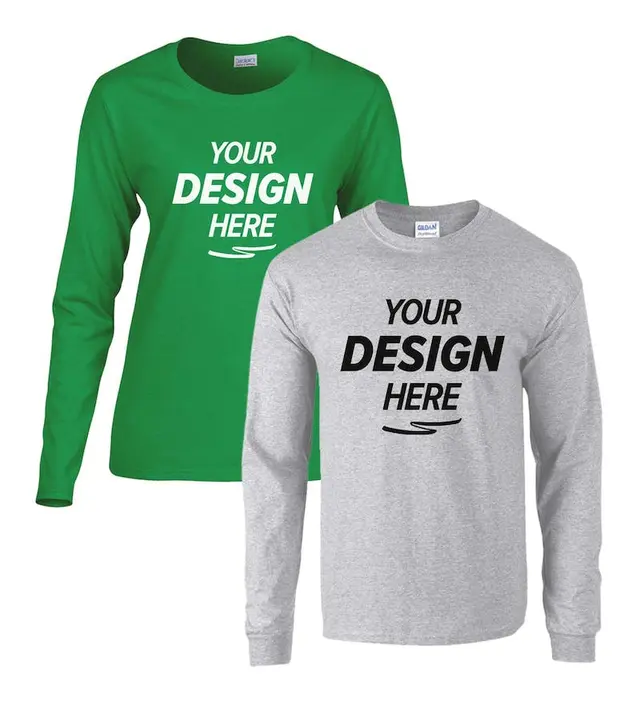Choosing the Right Method for Designing Shirts
Before diving into the world of shirt designs, it's crucial to understand the different methods available for putting designs on shirts. Some popular options include screen printing, heat transfer vinyl (HTV), direct to garment (DTG) printing, and embroidery. Each method has its own set of advantages and disadvantages, and the choice will depend on factors like budget, desired design complexity, and the type of fabric you're working with. In this section, we'll explore each technique in detail to help you make an informed decision on the best method for your needs.
Mastering the Art of Screen Printing
Screen printing is a popular method for producing detailed, long-lasting designs on shirts. It involves creating a stencil (called a screen) and using it to transfer ink onto the fabric. The process can be time-consuming and requires some skill, but the results are worth the effort. To get started with screen printing, you'll need a screen, ink, squeegee, and a shirt to print on. Once you have these supplies, create your design and transfer it to the screen using a photo emulsion process. Next, lay the shirt flat, place the screen on top, and use the squeegee to push ink through the screen onto the fabric. Finally, allow the ink to dry and cure the design with heat to ensure it lasts for a long time.
Exploring the Versatility of Heat Transfer Vinyl
Heat transfer vinyl is a great option for those looking to create vibrant, durable designs on shirts without the need for specialized equipment. HTV is a type of vinyl that can be cut into shapes and applied to fabric using heat. To begin, you'll need a vinyl cutter, heat press or iron, and your chosen HTV material. Start by designing your image on a computer, then use the vinyl cutter to cut the design out of the HTV. Weed away any excess material, then position the design on your shirt. Apply heat using a heat press or iron, following the manufacturer's instructions for time and temperature settings. Once the HTV has adhered to the fabric, peel away the backing and admire your finished design.
Discovering Direct to Garment Printing
Direct to garment printing, or DTG, is a modern method that allows you to print high-quality, full-color images directly onto shirts. This method uses a specialized printer that works much like an inkjet printer, depositing ink directly onto the fabric. To get started with DTG printing, you'll need a DTG printer, ink, and compatible shirts. Create your design on a computer, then use the printer to apply the design directly to the shirt. The process is quick and relatively mess-free, making it an appealing option for those looking to create intricate, multi-colored designs. However, it's worth noting that DTG printers can be expensive, so this method may not be the best choice for everyone.
Adding a Touch of Elegance with Embroidery
Embroidery is a classic method for adding designs to shirts, offering a professional and high-quality finish. This technique involves using a needle and thread to create images and text on fabric. To begin, you'll need an embroidery machine, embroidery thread, and a shirt to embroider. First, create a digitized version of your design using embroidery software. Then, load the design onto your embroidery machine and set up the shirt in the machine's hoop. Start the machine and watch as it stitches your design onto the fabric. Once complete, trim any excess thread and enjoy your beautifully embroidered shirt. Embroidery is perfect for adding a touch of class to your shirts, but keep in mind that it may not be the best choice for extremely detailed or large designs.
Experimenting with DIY Techniques
If you're looking for a more hands-on and budget-friendly approach to designing shirts, there are several DIY methods you can try. Two popular options are fabric paint and tie-dye. Fabric paint allows you to create custom designs by hand, using brushes, sponges, or even stamps to apply the paint to your shirt. Tie-dye, on the other hand, involves twisting and tying the fabric before applying dye, resulting in unique and colorful patterns. Both of these methods are fun, creative, and accessible to people of all skill levels. Just be sure to follow the manufacturer's instructions for setting the paint or dye, so your designs remain vibrant and long-lasting.
